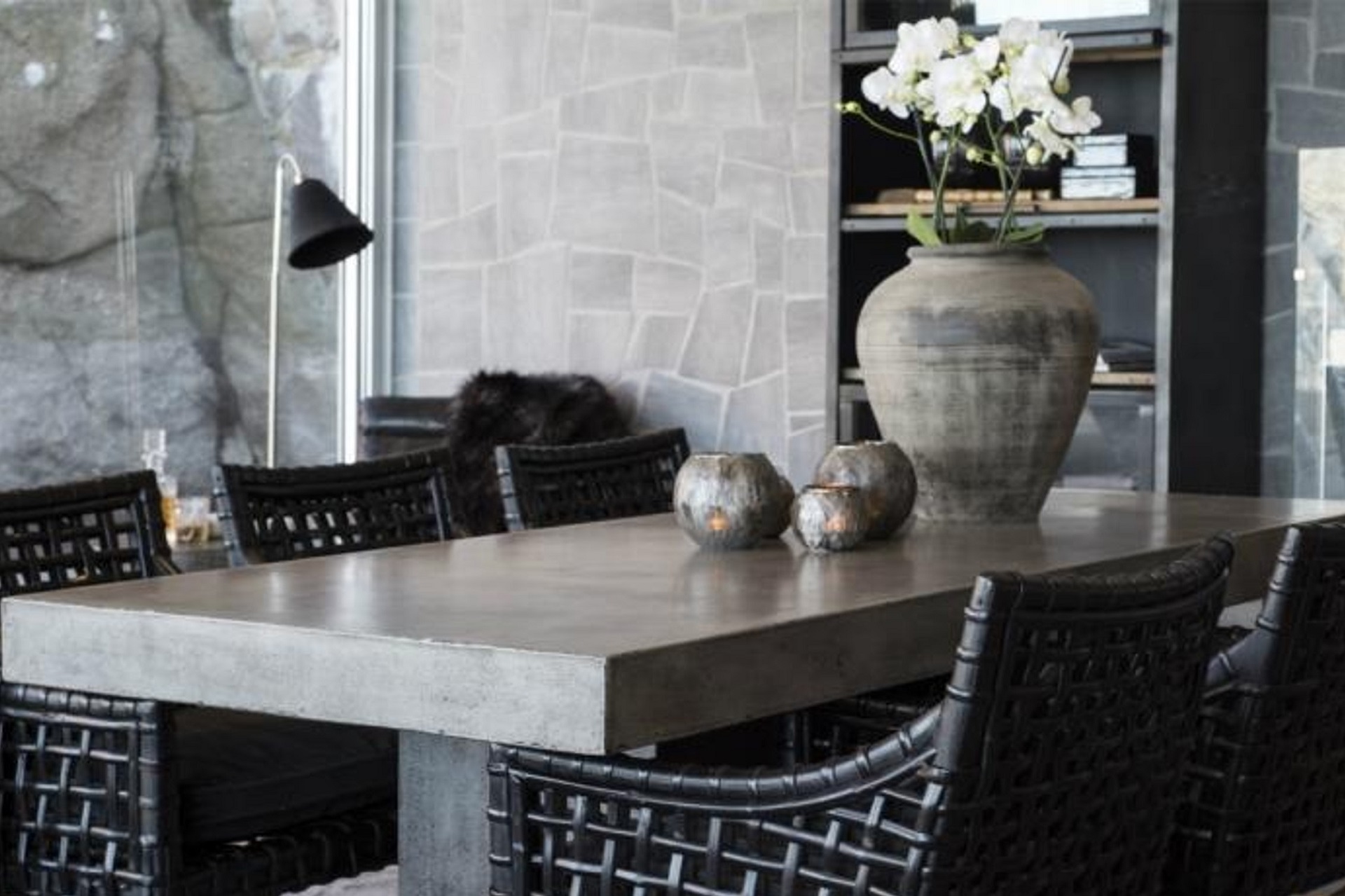IKEA corrosion tests are accelerated environmental tests that simulate long-term operating conditions in order to evaluate the effect of the corrosion process on a component over a certain time lapse. IKEA corrosion tests and coating thickness measurements shall be carried out by the supplier as part of process control at a sufficient frequency to demonstrate product compliance with the compulsory requirements described in the technical specifications (usually once per year).
Tests according to the requirements shall be made at IKEA approved test laboratories, which always have precedence in assessing compliance. Cotec Labs is the only European laboratory acknowledged by IKEA to perform tests according to the IOS-MAT-0002 and IOS-MAT-0066 specifications. These standards define test methods and requirements for any coating applied to a metal substrate, as well as for all stainless steel components. Let’s see further details about these specifications.
IKEA corrosion test methods
IOS-MAT-0002 describes a surface resistance test aiming to secure that laboratories are performing the same test in the same way, and according to IKEA interpretations.
Water spray resistance of doors, for example, is to be assessed as per ISO 9227. Bathroom and kitchen doors designed with a frame shall undergo a test method reproducing the effect of water sprays and condensation that might occur during domestic use. After exposure in a salt spray chamber, products are examined for damage like swelling, opening of joints, and coating detachment.
Salt spray tests used to control corrosion resistance of coated products composed of steel, zamak, or brass are standardised and include the exposure under neutral salt fog (NSS) or with the addition of acetic acid (AASS) to make the artificial environment even harsher.
Stainless steel products, such as cutlery, are usually subjected to the dip test, where the products are intermittently immersed in a salt solution. The dip test shall be performed according to ISO EN 8442-2, Annex C.
IKEA corrosion test requirements
IOS-MAT-0066 describes IKEA requirements of treated metal and stainless steel surfaces constituting ready-made assembled products or components. Test result is judged based on the appearance of base material corrosion after the required test period. The corrosion of the metal substrate is of course not allowed.
The neutral salt spray (NSS) test is typically used on all zinc coatings, whereas the acetic acid salt spray (AASS) test is used on nickel and chromium plated products.
Measuring of coating thickness shall always be done before the wet test. If the coating thickness does not comply with the demanded value, no wet test shall be performed unless requested by the customer.
Organic and anodized coating thickness is measured by an electronic coating thickness meter over ferrous and non-ferrous substrates with magnetic induction or eddy current method.
Inorganic coating thickness can be measured also by X-Ray, where the minimum value is to be reported.
Further details on coating measurements and performance testing on coatings are available here.
Corrosion tests on furniture hinges
Corrosion tests are required in various industrial sectors, including furniture, to evaluate the durability of a component operating in outdoor environments, corrosion mechanisms, quality control and, not least, the development of new materials and coatings.
Furniture hinges, pivoting both on a vertical (standard EN 15570) and horizontal (standard EN 15828) axis, should also meet specific durability and corrosion resistance requirements. In this case, the requested test is the exposure to condensation as stated by ISO 6270-2, which establishes the procedure for determining the moisture resistance of products after 3 AHT cycles (alternating hot-humid and air exposure). The hinges should show no signs of corrosion and, at the same time, retain their normal function.
What do we offer?
We are present throughout Italy to work alongside and provide technical support during the entire testing plan, from first contact to delivery of results, with:
More than 200 test methods in a catalogue. Tests are performed in accordance with international standards and specifications of several OEMs.
Testing of large components. Test cabinets can accommodate products of all sizes, not just standardized specimens.
Report delivery in 24h. Thanks to 15 test cabinets with a usable area of more than 2 m2 each and the express delivery option, results are delivered within 24 hours after test completion.
Browse our freely accessible online catalogue, by typing the standard number or any other keyword search.
Are you not finding a suitable test matching your needs?
Contact us by phone: +39 351 723 9441 or by e-mail: material@materialscan.it.

